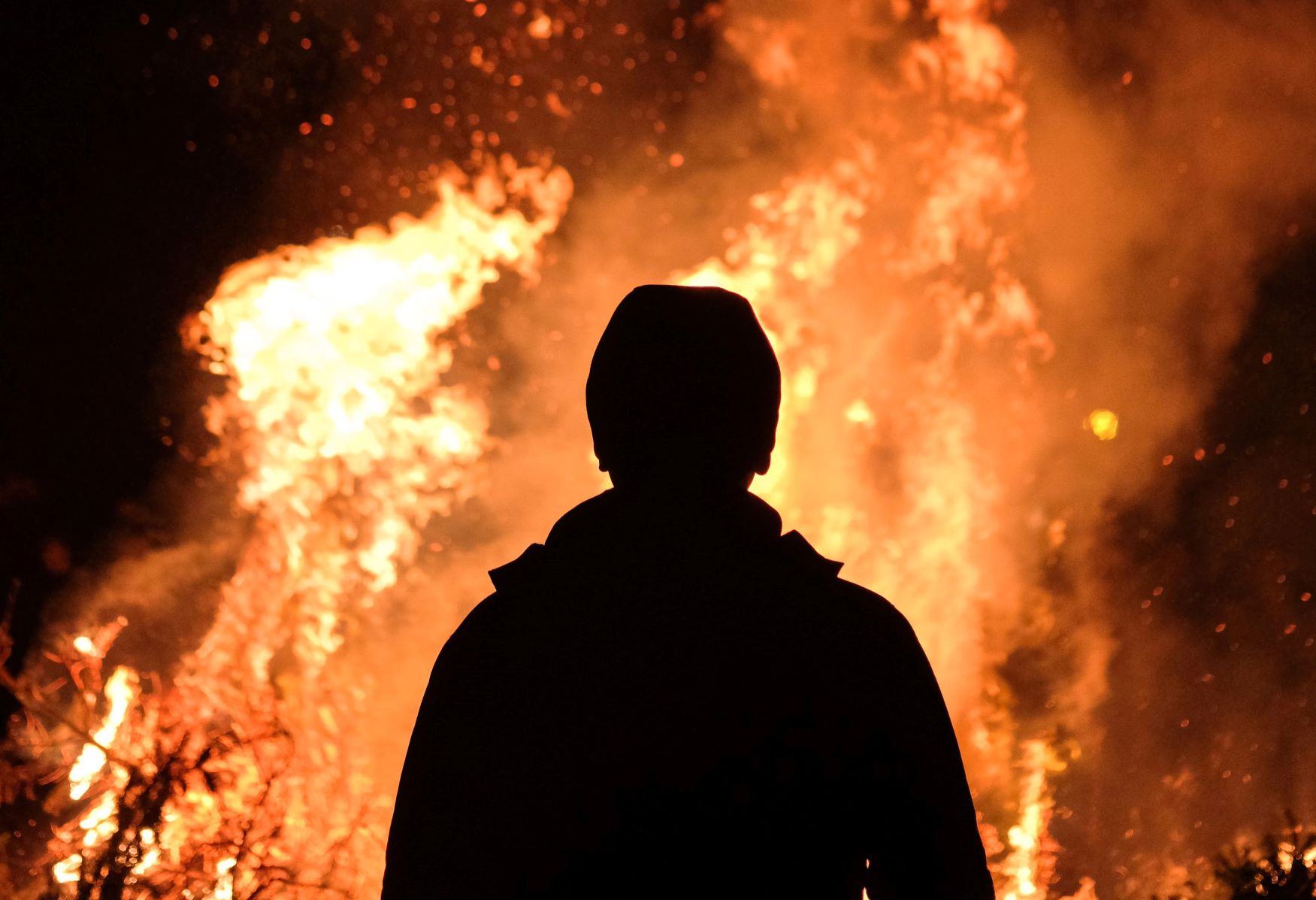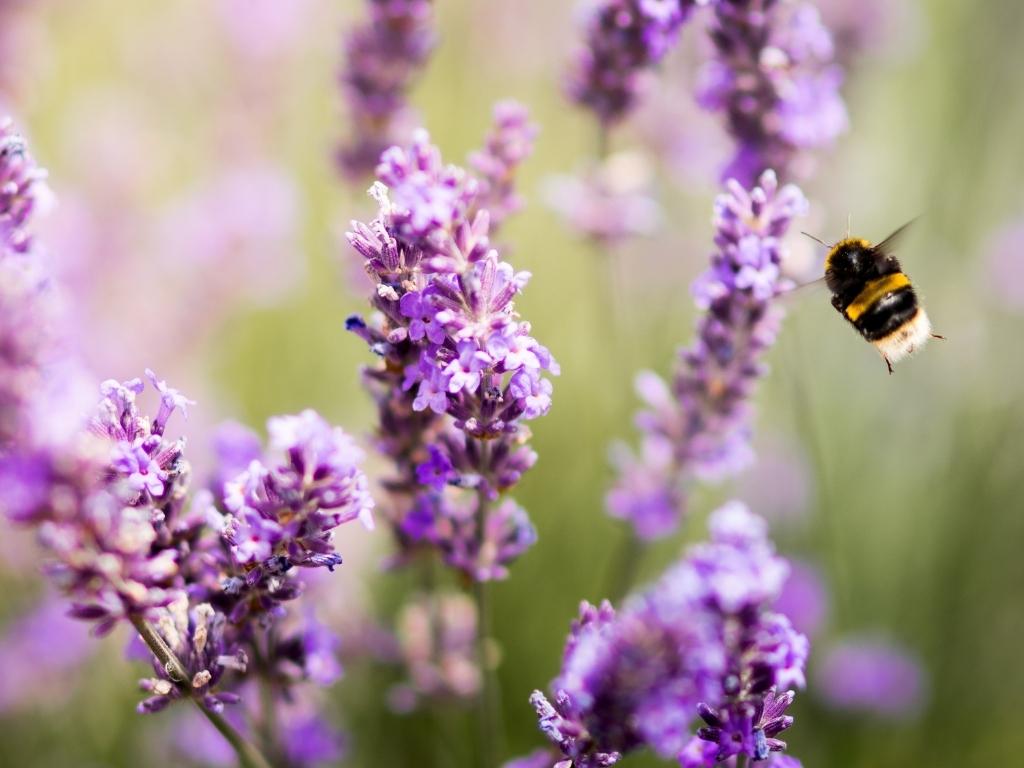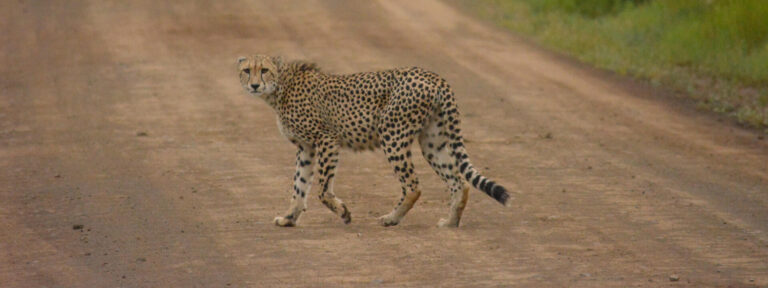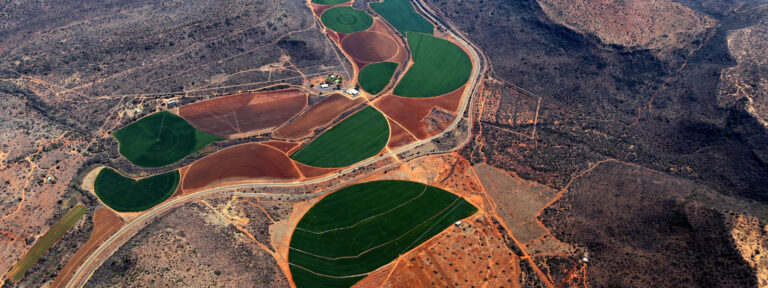
The Anthropocene’s emerging threats
Humanity’s impact on our planet has profound and far-reaching consequences, some of which are less obvious than others. A new UN report shines a light on emerging environmental threats, including noise pollution, wildfires and shifts in the timing of key seasonal events.

Our current geological epoch is called the Anthropocene because of how significantly our species is altering the natural world, from causing a climate crisis to precipitating a sixth mass extinction event. There are countless ways in which the current scale of human activity negatively influences our environment and some of these are rapidly growing in importance, yet remain largely ignored.
Through its ‘Frontiers’ report, the United Nations Environment Programme (UNEP) draws attention to these emerging issues of environmental concern. Previous editions have highlighted topics from microplastics to antimicrobial resistance to melting permafrost. The 2022 report, Noise, Blazes and Mismatches, focuses on three key issues and their implications for human health and nature: urban noise pollution, the increasing severity and frequency of wildfires, and changes to the timing of critical natural events, such as first flowering.
Noisy cities
Everyone who has lived in a city is familiar with the constant roar of engines, wailing sirens, and the crashing and clanging of construction. At high population densities, people are rarely free from noise pollution within their own homes either – whether it’s due to proximity to a busy road or noisy neighbours.
Prolonged exposure to high levels of noise can damage hearing and negatively affect mental health. It can also cause cardiovascular and metabolic problems through stress and disturbed sleep. The report states that in Europe alone, an estimated 22 million people suffer from chronic noise annoyance, while long-term exposure to environmental noise contributes to 48,000 new cases of coronary heart disease and causes 12,000 premature deaths every year. All major cities across the world frequently exceed the noise limits recommend by the World Health Organization (WHO).

Humans aren’t the only species to suffer from noise pollution. Many wild animals living in urban environments, such as songbirds, rely heavily on acoustic communication. When this is disrupted by noise, it can lead to behaviour changes which negatively affect survival. For example, a bird may be less successful at attracting a mate because it needs to adjust the pitch of its call or sing at sub-optimal times just to be heard.
The report points out several ways urban environments could reduce their noise pollution, including through roadside tree belts, increasing green spaces, switching to electric vehicles and active travel, and utilising acoustic insulation materials.
A world on fire
Naturally occurring wildfires play an important role in ecosystem function but human activity, especially land use change (including intentional fire setting for agriculture) and greenhouse gas emissions, are causing more frequent and severe fires around the world, from the western United States, to Mediterranean nations, Australia and the Amazon rainforest. With the climate continuing to warm, scientists expect a worsening situation.
Catastrophic fires cost both human and animal lives, and indirectly affect health through air pollution and trauma. As urban areas expand due to population growth, human infrastructure is increasingly being built near forest edges – a key contributor to California’s worsening wildfires, for example. In a vicious feedback loop, wildfires can accelerate climate change, such as through the transformation of boreal and tropical forests from critical carbon sinks into major sources of greenhouse gases. Altered fire regimes are also driving biodiversity loss – they pose a threat to almost a third of savannah species, for example.
The report suggests improving fire management, such as through controlled, periodic burns to prevent the build-up of fuel. Surprisingly, the authors don’t call for ramping up efforts to fight climate change, or to end intentional fire setting for commercial gains (as is happening in the Amazon, for example).
The birds and the bees
The timing of life cycle events, such as the emergence of pollinators or bird nesting, has a huge effect on ecosystem health. For example, bee activity in spring needs to coincide with flowering, otherwise there is a risk of starving bees and plants that can’t reproduce.

The study of these events is called ‘phenology’, and due to human-caused climate change, there is an increasing risk of ‘phenological mismatch’, caused by co-dependent species reacting differently to warming temperatures and changing weather patterns. For example, great tits in the Netherlands have advanced their egg-laying in response to warming trends, but the emergence of the caterpillars they depend on for food has shifted more significantly, meaning that baby birds no longer coincide with peak caterpillar availability. In the Arctic, earlier snowmelt and spring vegetation mean that reindeer calves are now born too late, leading to a 75 per cent decrease in offspring. Many migratory species are heavily impacted by the changing climate because mistimed migration can have disastrous consequences.
Human food systems are also impacted by phenological shifts – for example, plants missing out on pollinators can negatively impact crop yields, and fisheries can suffer from population decline. To overcome these issues, the authors promote adaptation practices such as optimised irrigation and selective breeding of cultivars, as well as more holistic fisheries management.
Addressing the root causes
The report unfortunately fails to offer advice on confronting the root drivers of these emerging environmental threats. As is the case for more well-known environmental issues, while adaptation and better management are important, the only true long-term solution is to transform our relationship with nature by tackling hyperconsumption and ending human population growth as soon as is ethically possible.



